Oct 2023. Blues Vol 39 No. 10
- Text
- Jacqueline simper
- Central police supply
- Tcole conference
- Dr tina jaeckle
- Rex evans
- Michael barron
- The blues police magazine
- Largest police magazine
- Police agencies
- Wwwbluespdmagcom
- Tcole
- Pursuit
- Ford
- Enforcement
- Blues
HOW IT ALL BEGAN The
HOW IT ALL BEGAN The first police cars in America showed up at the end of the 19th century. In fact, the very first police car anywhere was actually a wagon powered by electricity used in Akron, Ohio, in 1899. Of course, back in 1899, when the first documented use of a self-propelled vehicle for police business took place in the U.S., no one really knew where it will eventually lead. At the turn of the 19th century, police officers began using the electrically powered wagons as a mean of transport for them (hence the name squad car for today’s police cars). This reportedly first happened in Akron, Ohio, in the aforementioned year. There are no records of how the vehicle performed, or what it managed to do. Slowly, the fast-growing automotive industry engulfed law enforcement efforts as well. The road opened by Ford’s Model T was the signal for police departments to go the motorized way. The T became as popular with police agencies because they were cheap and just about the single viable choice at the time. The early versions of the T were powered by a front mounted 2.9l four-cylinder engine, developing a tiny troop of only 20.2 hp. This gave it a top speed of at most 45 mph (75 km/h) and ate as much as 18.7l of fuel every hundred kilometers (13 mpg). Despite this, being the only true choice on the market, made the T go into service with just about every law enforcement agency in the country by the 1920s. And it was common for the police to use the so-called paddy wagons to transport criminals of the day to jail. Most of the vehicles were enclosed bed trucks, used to carry both police officers and criminals. Regardless of the vehicle chosen for police work up until the 1920s, they had one big advantage, which also happened to be their huge disadvantage. A vehicle is faster than a horse, and definitely much faster than a human on foot, a trait which makes it ideal for chasing bad guys across the state. At first, early vehicles were used as a means to allow officers to get to the scene of a crime faster. Even in their crude state, they started being used for patrol purposes, with the so-called supervisors moving around the city to monitor their respective patrol districts. But how could one chase someone effectively, if one doesn’t know who they are, where they are, where they’re heading and what they have done? Being fast and mobile meant police spent more time on the field, but this in turn left them with no actual means of communicating with HQ or with other police officers. Moving in packs of two or more vehicles was as equally ineffective, as the main purpose of the police 88 The BLUES
The very first police car anywhere was a wagon powered by electricity used in Akron, Ohio, in 1899 The BLUES 89
- Page 1 and 2:
The BLUES 1
- Page 3 and 4:
VOL. 39 NO. 10 OCTOBER 2023 FEATURE
- Page 5 and 6:
FOUNDER, PUBLISHER, EDITOR-N-CHIEF
- Page 7 and 8:
to let a good thing go, I decided,
- Page 9 and 10:
LE AGENCIES CALL FOR PRICING Tel: 8
- Page 11 and 12:
The BLUES 11
- Page 13 and 14:
COMING IN NOVEMBER The BLUES 13 The
- Page 15 and 16:
The BLUES 15
- Page 17 and 18:
The BLUES 17
- Page 19 and 20:
MARTINEZ TO REMEMBER NOVEMBER TO RE
- Page 21 and 22:
YOUR PREMIER ONLINE TACTICAL GEAR S
- Page 23 and 24:
would amaze my wife and me when Roc
- Page 25 and 26:
READERS SPEAK OUT letters from you
- Page 27 and 28:
SAHQ IS BACK AS 5-0 Shaq appears in
- Page 29 and 30:
The BLUES 29
- Page 31 and 32:
Stay like a HERO. EXPERIENCE GALVES
- Page 33 and 34:
The BLUES 33
- Page 35 and 36:
Backing the BLUE and your family to
- Page 37 and 38: AROUND THE COUNTRY EDGEWOOD, TX. Te
- Page 39 and 40: You gotta see this! Call for an onl
- Page 41 and 42: The BLUES 41
- Page 43 and 44: ALL FIRST RESPONDERS & VETERANS 10%
- Page 45 and 46: LEARN MORE ATR 528 1000W MOTOR DUAL
- Page 47 and 48: Under 65 Healthcare Options? We hav
- Page 49 and 50: The BLUES 49
- Page 51 and 52: CLICK TO LEARN MORE The BLUES 51
- Page 53 and 54: AROUND THE COUNTRY The BLUES 53
- Page 55 and 56: “Live every day like it’s your
- Page 57 and 58: The BLUES 57
- Page 59 and 60: after Monday’s council vote. Port
- Page 61 and 62: process. For example, Coffee City,
- Page 63 and 64: “The events in these cases are re
- Page 65 and 66: claim said. The female officer then
- Page 67 and 68: usiness like ‘Mission: Impossible
- Page 69 and 70: The BLUES 69
- Page 71 and 72: ALDINE ISD POLICE DEPARTMENT JOIN O
- Page 73 and 74: Now Hiring School District Police O
- Page 75 and 76: SUPPLY The BLUES 75 The BLUES 75
- Page 77 and 78: WATCH: The History of Central Polic
- Page 79 and 80: WATCH: The BLUES 79
- Page 81 and 82: CEO SUPPLY The BLUES 81 The BLUES 8
- Page 83 and 84: The BLUES 83 The BLUES 83
- Page 85 and 86: The BLUES 85 The BLUES 85
- Page 87: The BLUES POLICE MAGAZINE The BLUES
- Page 91 and 92: The BLUES 91 The BLUES 91
- Page 93 and 94: CHRYSLER ENFORCER In the 1960s, the
- Page 95 and 96: 1974 DODGE MONACO The Dodge Monaco,
- Page 97 and 98: THE FORD LTDs 1977-1979 Ford LTD II
- Page 99 and 100: IC The BLUES 99
- Page 101 and 102: ple was referred to as the “Wimpa
- Page 103 and 104: • The Crown Vic was over and abov
- Page 105 and 106: 1996 CHEVY CAPRICE 9C1 Beginning in
- Page 107 and 108: The BLUES 107 The BLUES 107
- Page 109 and 110: The BLUES 109 The BLUES 109
- Page 111 and 112: The BLUES 111 The BLUES 111
- Page 113 and 114: The BLUES 113 The BLUES 113
- Page 115 and 116: The BLUES 115 The BLUES 115
- Page 117 and 118: The BLUES 117 The BLUES 117
- Page 119 and 120: Ram 1500 Classic Special Service Po
- Page 121 and 122: Dodge Charger Pursuit Powertrain: 3
- Page 123 and 124: WHERE: CORPUS CHRISTI WHEN: OCT. 23
- Page 125 and 126: THANKS TO OUR SPONSORS The BLUES 12
- Page 127 and 128: 2:30pm-3:30pm (BREAKOUT SESSIONS) T
- Page 129 and 130: SPEAKER BIOS 2023 TCOLE Conference
- Page 131 and 132: SPEAKER BIOS the Bob Pike Group to
- Page 133 and 134: SPEAKER BIOS with Texas Health and
- Page 135 and 136: EXHIBITORS 100 Proforce Law Enforce
- Page 137 and 138: EXHIBITORS Firearms and Tactical Eq
- Page 139 and 140:
WHERE TO EAT The BLUES 139
- Page 141 and 142:
The BLUES 141
- Page 143 and 144:
The BLUES 143
- Page 145 and 146:
FALLEN HEROES DETECTIVE ROBERT GART
- Page 147 and 148:
FALLEN HEROES POLICE OFFICER KEVIN
- Page 149 and 150:
FALLEN HEROES POLICE OFFICER DARRIN
- Page 151 and 152:
FALLEN HEROES DEPUTY SHERIFF JACOB
- Page 153 and 154:
a warning and sent him on his way.
- Page 155 and 156:
LEARN MORE ATR 528 1000W MOTOR DUAL
- Page 157 and 158:
locks away for the scene to be clea
- Page 159 and 160:
injury” “Yes, my employee was s
- Page 161 and 162:
CLICK TO LEARN MORE The BLUES 161
- Page 163 and 164:
were pressing the Alabama rebels un
- Page 165 and 166:
LEN HEREOS AS OF 6/16/23 Total Gran
- Page 167 and 168:
Accept that we all struggle at diff
- Page 169 and 170:
CHICAGO MAYOR, STILL A MORON YOUR P
- Page 171 and 172:
ARRON Cooking The BLUES 171
- Page 173 and 174:
ARRON The BLUES 173
- Page 175 and 176:
The BLUES 175 The BLUES 175
- Page 177 and 178:
The BLUES 177 The BLUES 177
- Page 179 and 180:
NO WORDS ... pardon our humor The B
- Page 181 and 182:
POLICE SUPPLIES choose the heading
- Page 183 and 184:
POLICE SUPPLIES GUNS/AMMO Starting
- Page 185 and 186:
Brownwood Police Department Get Inf
- Page 187 and 188:
The BLUES 187
- Page 189 and 190:
JOIN OUR TEAM! ARANSAS PASS POLICE
- Page 191 and 192:
The BLUES 191
- Page 193 and 194:
The BLUES 193
- Page 195 and 196:
The BLUES 195
- Page 197 and 198:
The BLUES 197
- Page 199 and 200:
The BLUES 199
- Page 201 and 202:
October 15 WATCH FOR NEW TEST DATES
- Page 203 and 204:
Cuero Police Department Now Hiring
- Page 205 and 206:
The BLUES 205
- Page 207 and 208:
The BLUES 207
- Page 209 and 210:
GALVESTON COUNTY SHERIFF’S OFFICE
- Page 211 and 212:
The BLUES 211
- Page 213 and 214:
TELECOMMUNICATIONS DIVISION HEMPSTE
- Page 215 and 216:
JOIN OUR TEAM Place your department
- Page 217 and 218:
The BLUES 217
- Page 219 and 220:
The BLUES 219
- Page 221 and 222:
Now Hiring OFFICERS TCOLE Certified
- Page 223 and 224:
The BLUES 223
- Page 225 and 226:
Starting pay - ,889 Paid: Vacati
- Page 227 and 228:
The BLUES 227
- Page 229 and 230:
LEWISVILL E Benefits and Additional
- Page 231 and 232:
WE’RE HIRING Join our team and re
- Page 233 and 234:
,709-,685 Based on Population
- Page 235 and 236:
MEMORIAL VILLAGES POLICE DEPARTMENT
- Page 237 and 238:
The BLUES 237
- Page 239 and 240:
MAKE A DIFFERENCE IN YOUR COMMUNITY
- Page 241 and 242:
s-2 BENEFITS: • Medical, Dental,
- Page 243 and 244:
Welcome Aboard Rowlett Police Depar
- Page 245 and 246:
SEGUIN PD IS NOW ORDER - UNDERSTAND
- Page 247 and 248:
The BLUES 247
- Page 249 and 250:
The BLUES 249
- Page 251 and 252:
The BLUES 251
- Page 253 and 254:
The BLUES 253
Inappropriate
Loading...
Mail this publication
Loading...
Embed
Loading...



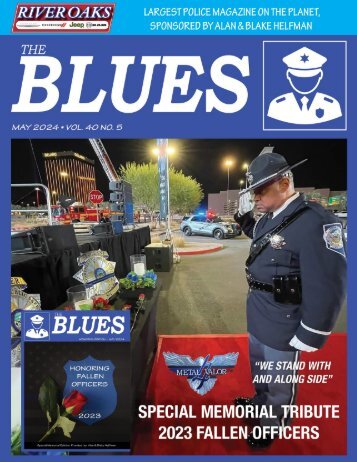
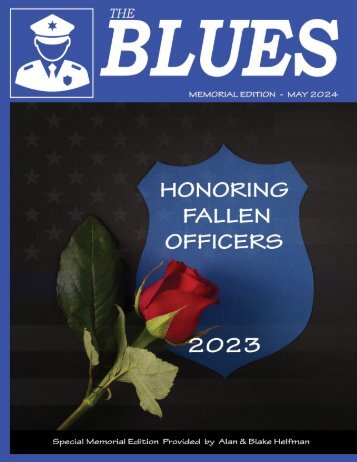
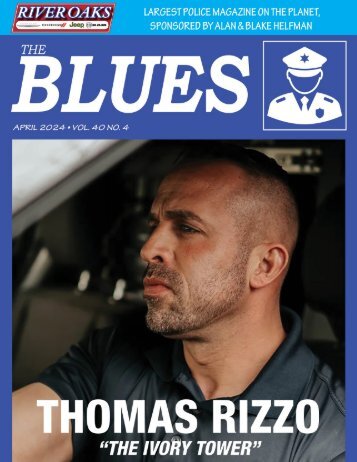
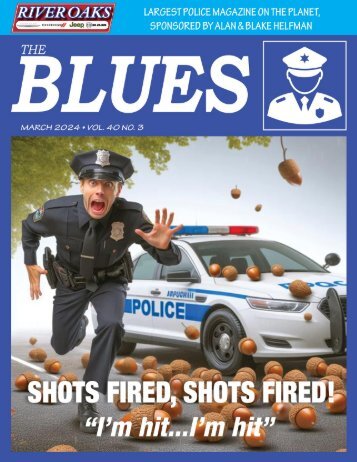

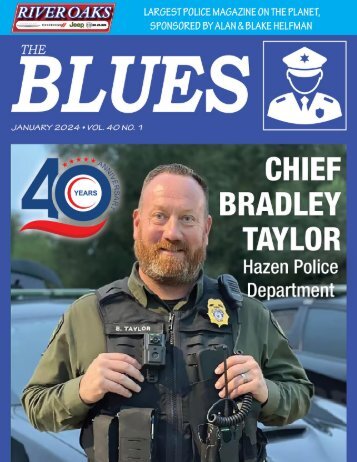
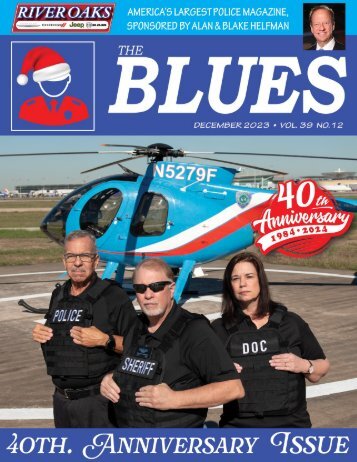
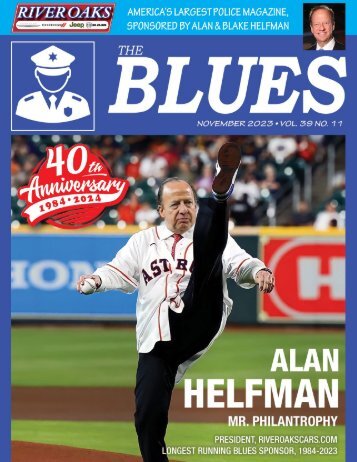

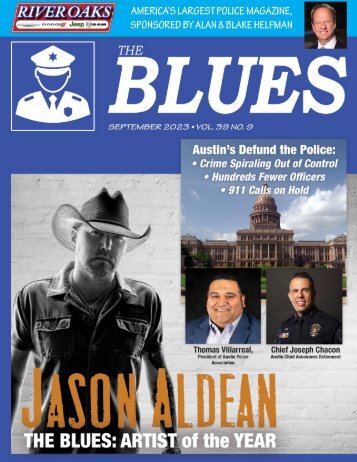
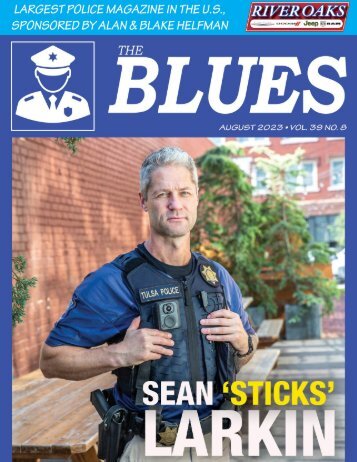
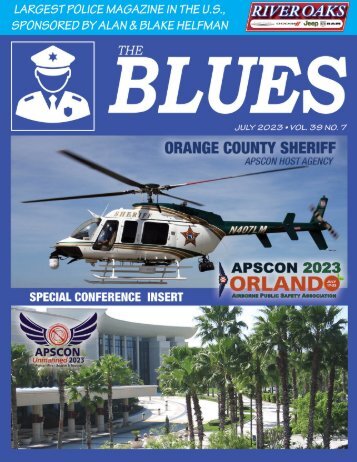
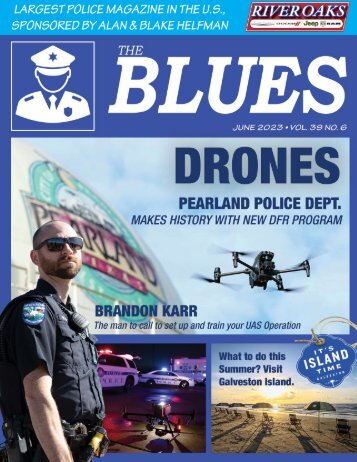
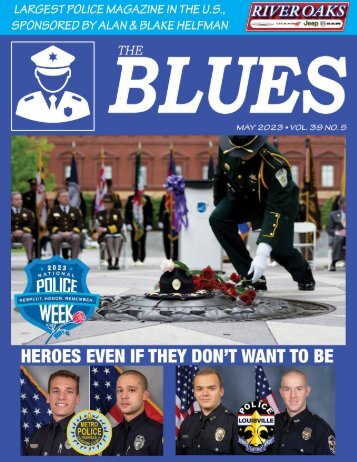
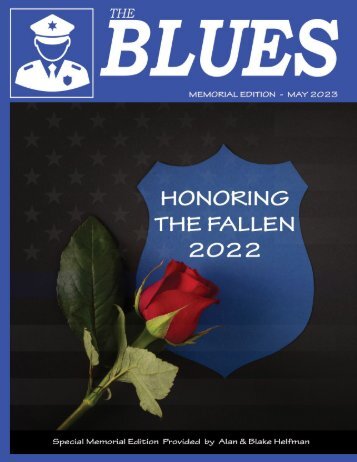
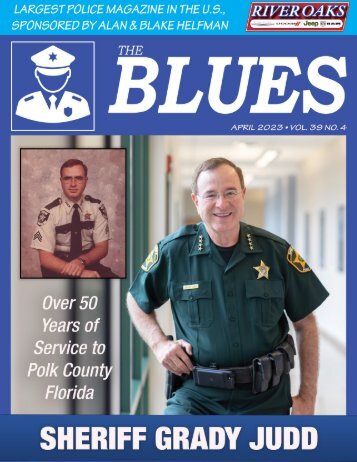
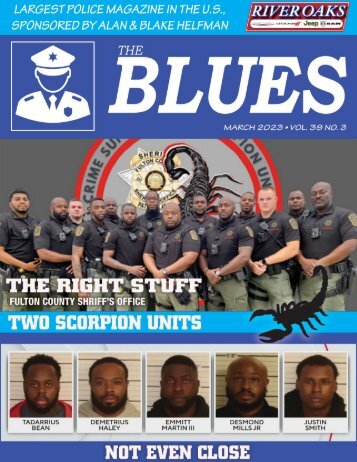
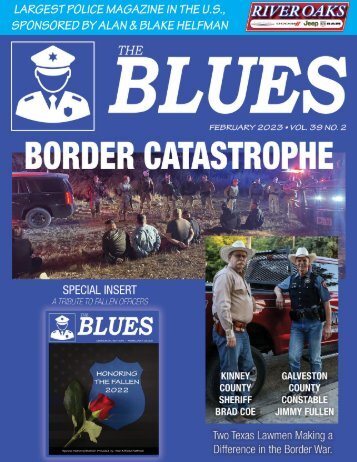
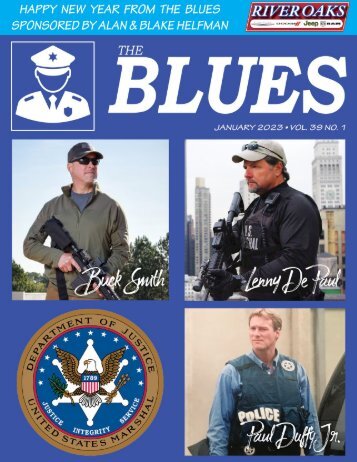

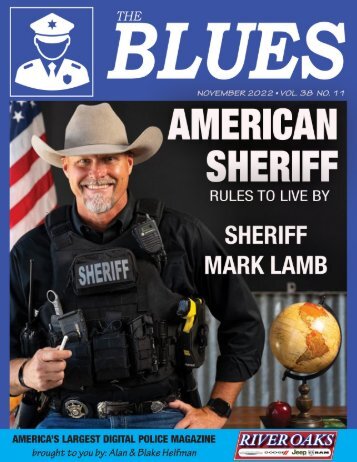
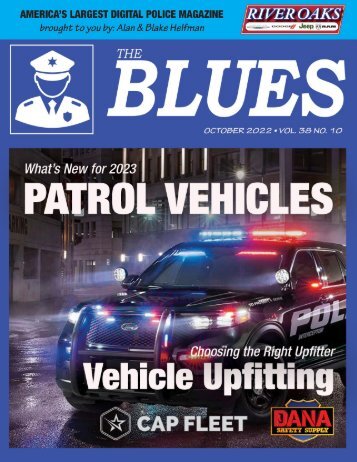
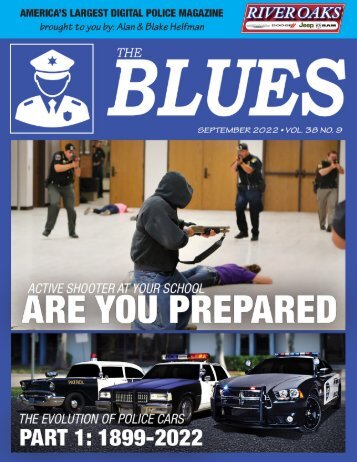
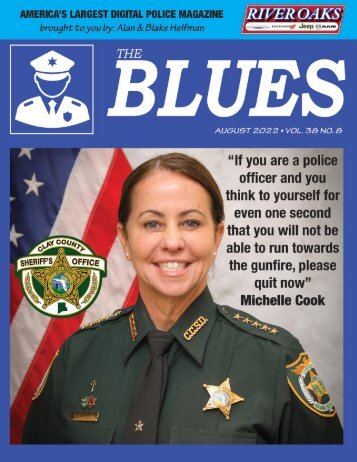
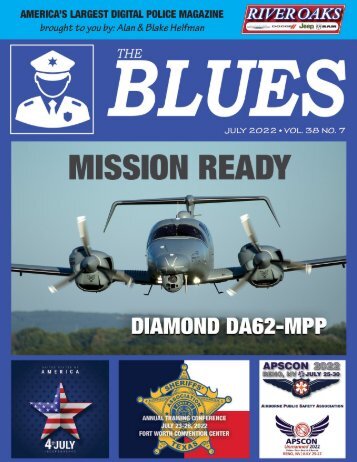
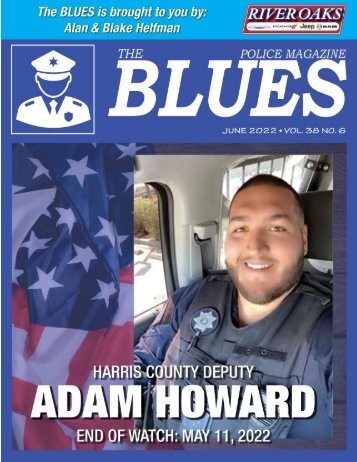
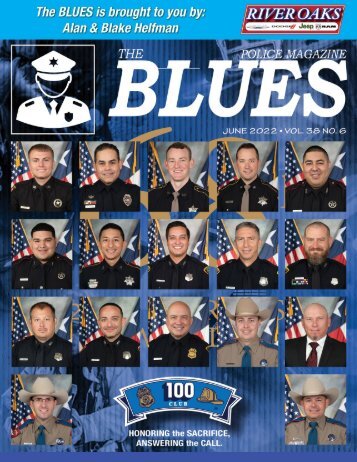
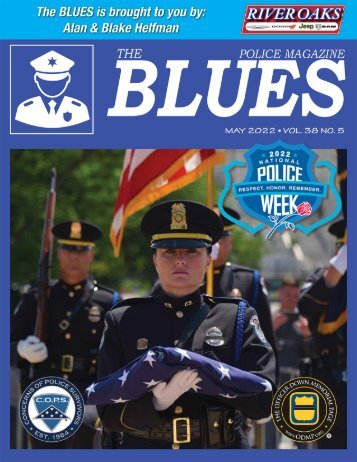
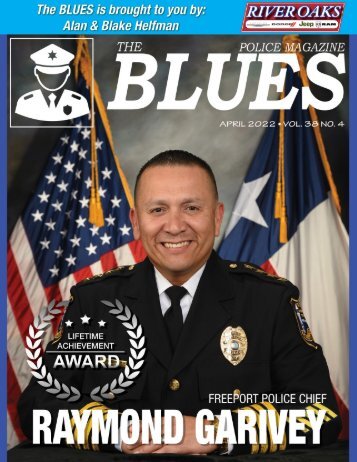
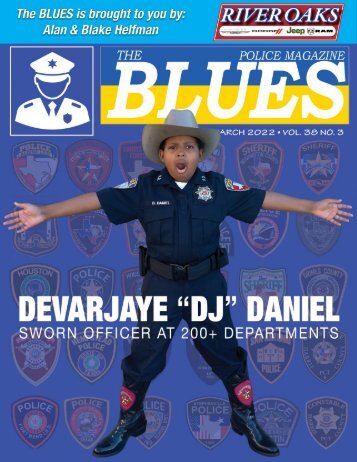
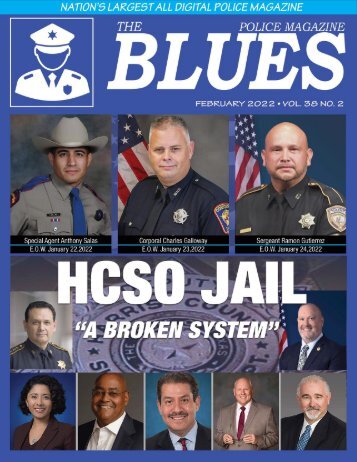
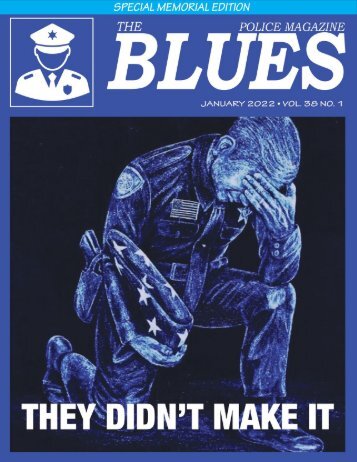
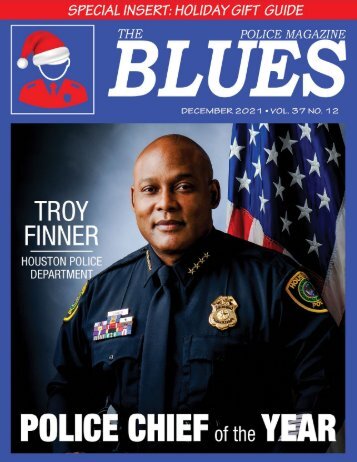

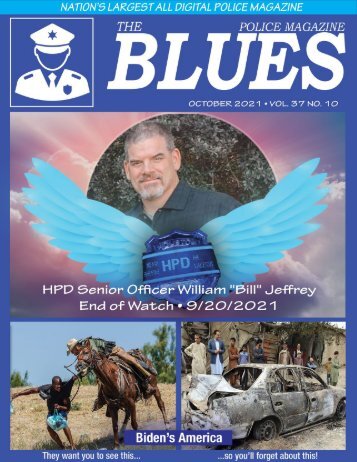




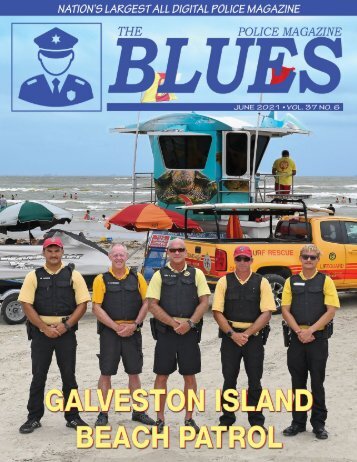

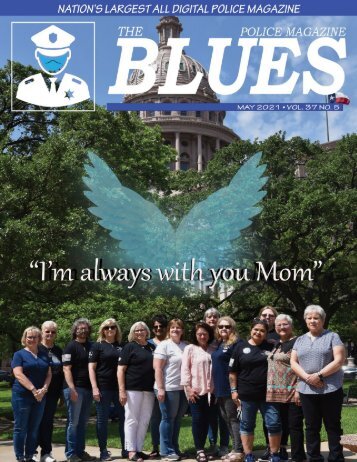
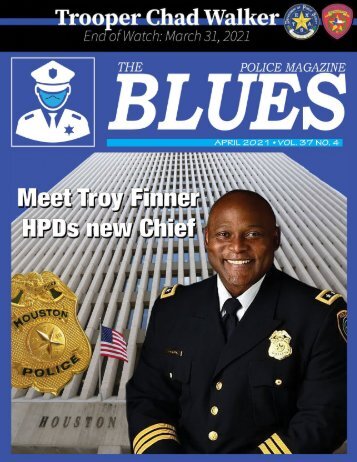
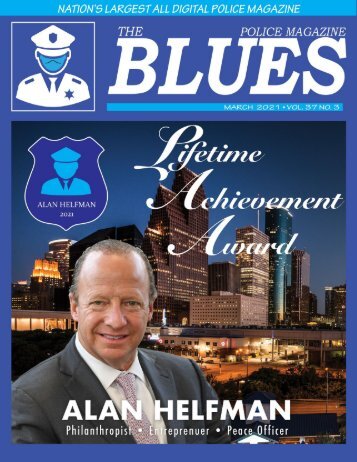
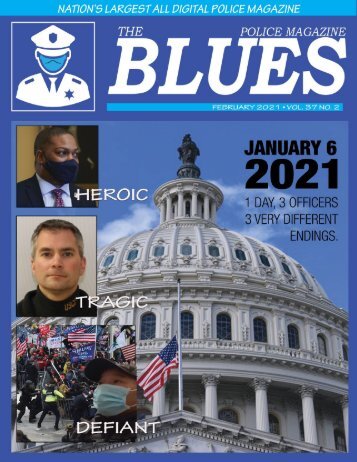

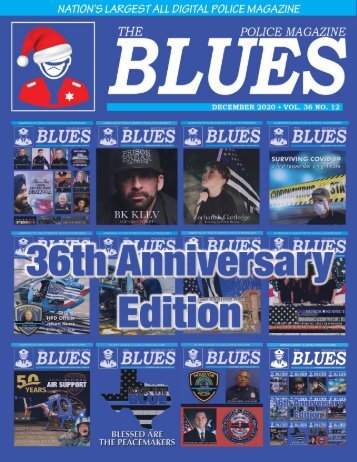
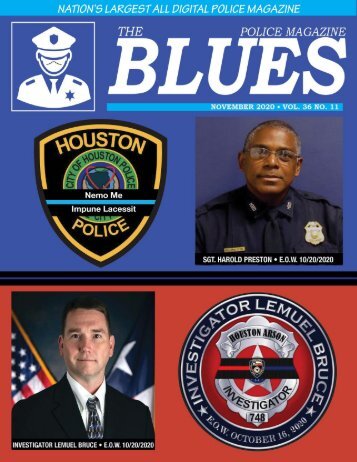

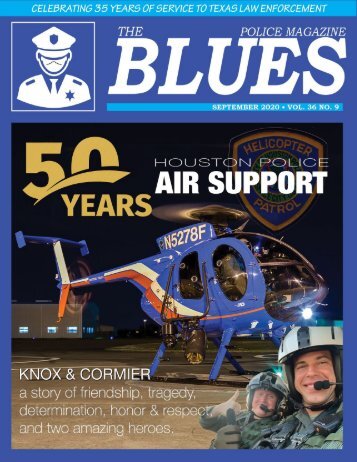
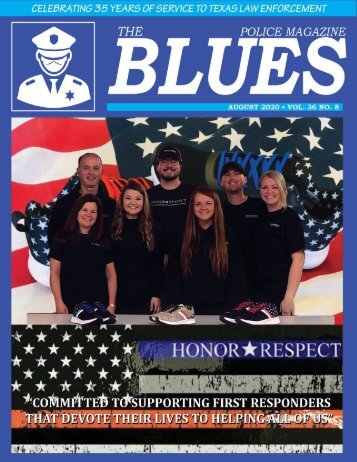
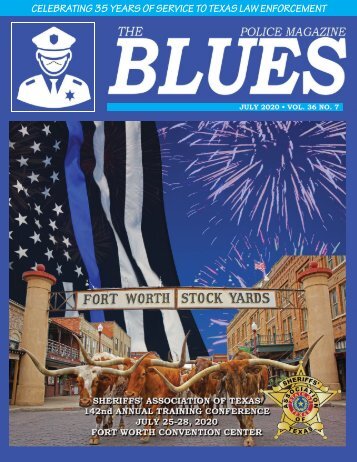
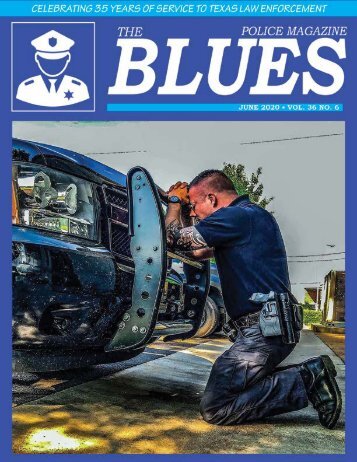
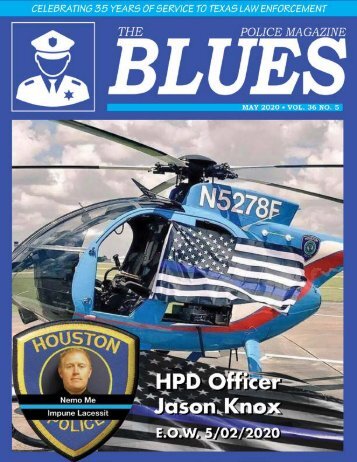
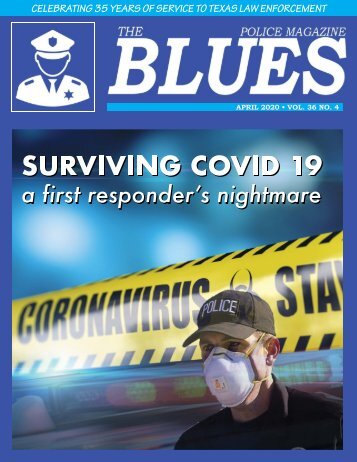


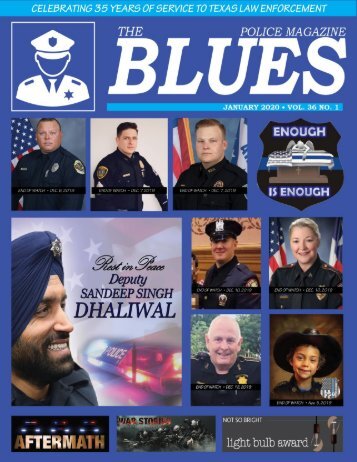
Follow Us
Facebook